But it’s not otaku homes the developer is hoping for these to appear in.
Category: habitats – Page 75
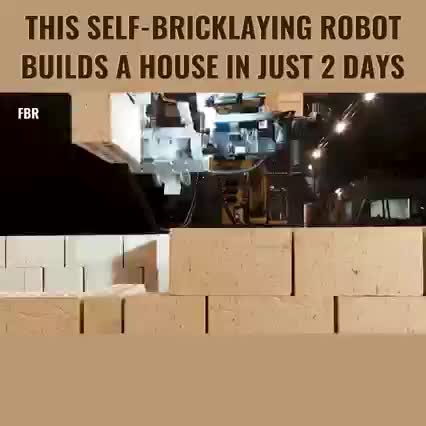
Los Angeles Just Opened a Tiny Home Village for the Homeless
The colorful community was built in just 13 weeks!
A colorful village of 40 tiny homes opened up in Los Angeles earlier this month. While each 64-foot square unit can only hold one to two people, the project as a whole is a huge step forward when it comes to solving one of the city’s biggest crises: homelessness.
The Chandler Boulevard Bridge Home Village, as it is officially named, was designed and built in just 13 weeks by Lehrer Architects and the city’s Bureau of Engineering, according to a press release. Located in North Hollywood, it is Los Angeles’s latest effort in providing shelter to its homeless population. It is managed by the Hope of the Valley Rescue Mission and is currently filled to capacity since its February 2 opening.
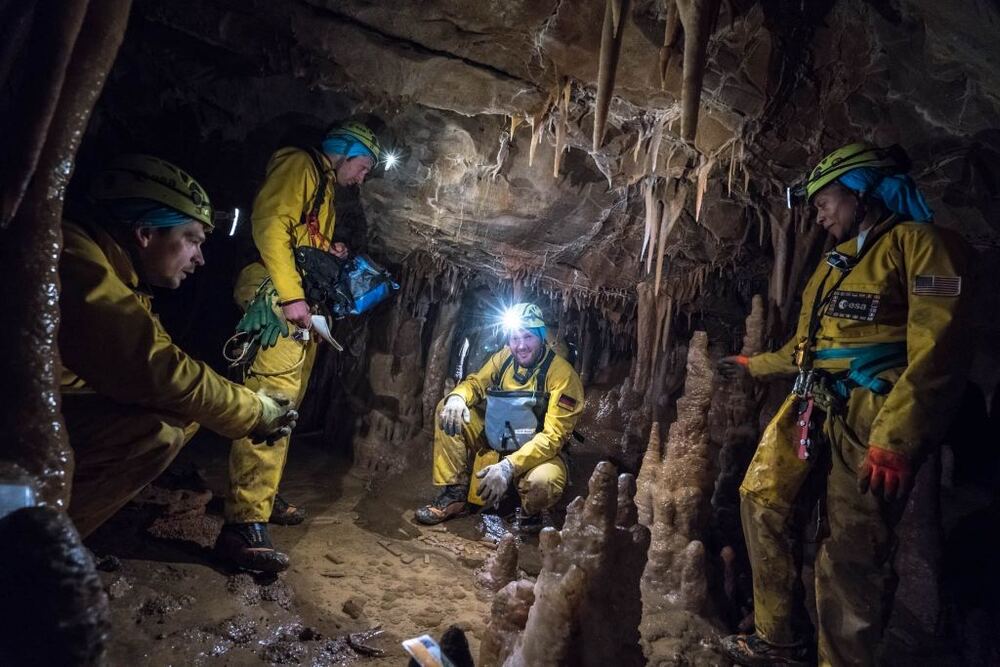
Astronauts Explore Caves on Earth, Learning the Skills They’ll Need for the Moon and Mars
A unique training program has teams of astronauts spending time inside caves doing experiments and learning to work together in a challenging environment.
We’re accustomed to astronauts pulling off their missions without a hitch. They head up to the International Space Station for months at a time and do what they do, then come home. But upcoming missions to the surface of the Moon, and maybe Mars, present a whole new set of challenges.
One way astronauts are preparing for those challenges is by exploring the extreme environment inside caves.
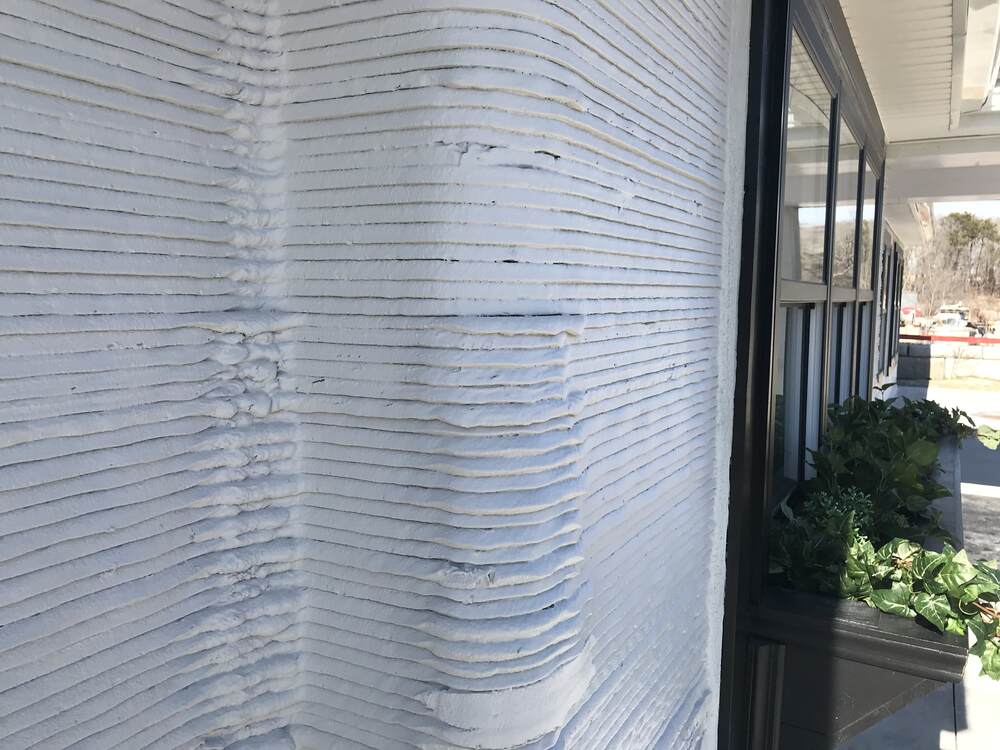
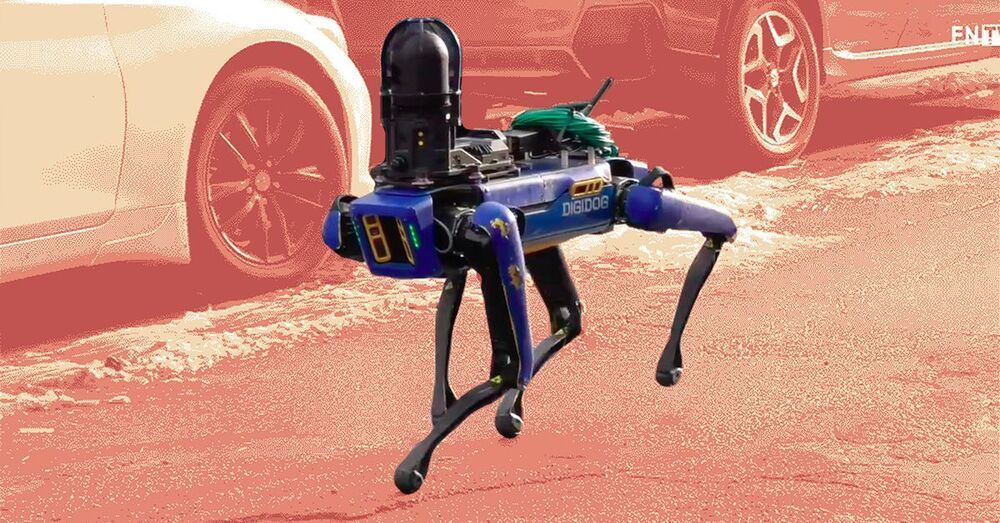


HPS Home Power Solutions Receives 2021 Handelsblatt Energy Award for its Hydrogen Power Storage System
Berlin –Berlin-based HPS Home Power Solutions is pleased to announce it has received the 2021 Handelsblatt Energy Award in the category of “Smart City” for its picea system, the first marketable independent, solar-hydrogen powered CO2 free home energy system worldwide. The award was given by a top-class jury.
Based on a combination of solar energy and innovative hydrogen technology, the picea system is the first year-round, CO2 free, independent power supply for one-and two-family houses. The picea system is highly effective with about 90% utilization rate and offers more than 100 times the storage capacity of standard household-storage batteries.
“We are extremely pleased to receive this award recognizing the development of our picea system into a marketable clean energy solution,” said Zeyad Abul-Ella, co-founder and managing director of HPS Home Power Solutions.” HPS has made hydrogen technology more widely available to household consumers for the first time. Our product will be indispensable in the smart cities of the future. The Handelsblatt award is a recognition of the considerable reduction of CO2 emissions picea offers and the value of German innovation in the field of climate protection technology,“he added.
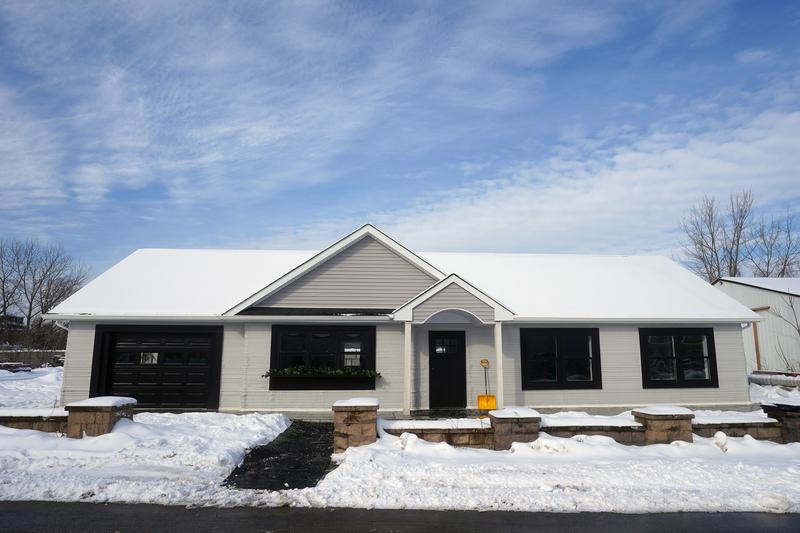
Steam Vs Infrared Portable Sauna. TESTED
We all know the benefits of saunas on our mental and physical health, indeed, I recently did a video on just that, but what about the home saunas that are available so you can get the benefits as often as you desire, without having to leave the comfort of your own home, especially relevant in the current climate and recurring lockdowns… Well I have been testing both steam and infrared varieties extensively over the last year and have put together a quick guide on the pros and cons on both types. So if you have been thinking about investing yourself, or indeed you want to know which type is best for you, why not check out this video for further information. Have an awesome day…
Having already looked at the benefits of saunas, just how do home portable saunas stack up. Are they worth the expens…